At some point last year, I fell in love with the idea of knitting my own t-shirts for warm weather. I knit a linen t-shirt first, and then I decided I wanted to try something new. I wanted to knit with silk for my next t-shirt.
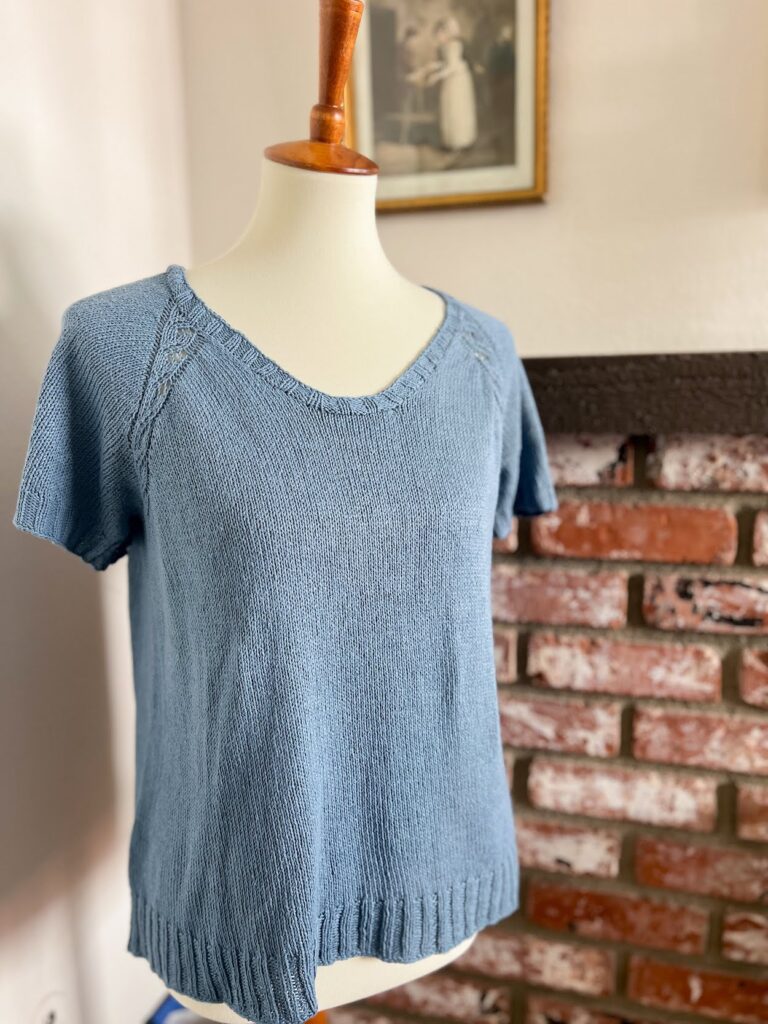
So I ordered several balls of Knitting for Olive Pure Silk (affiliate link) from my friend Aimee’s online yarn shop, and I got to work. I knit up a t-shirt that was so luxurious, so dreamy, that I’ve been chasing that excitement ever since.
In the meantime, I’ve also learned quite a bit about knitting with silk and caring for my silk garments afterward. This guide will help walk you through the benefits and drawbacks of knitting with pure silk yarn and with silk blends. Then we’ll talk about any special considerations for using that silk yarn.
Why I Love Knitting With Silk Yarn
I’m a firm believer that there’s a yarn for every project and a project for every yarn. When it comes to garments for myself, though, I prefer using a natural fiber. For one, I like the breathability and feel of natural fibers that just can’t be replicated with synthetics. For another, I prefer that when a garment is beyond repair, it can be returned to the earth as a biodegradable material. Silk fits both of those preferences.
But silk also has some special characteristics that you can’t get from other materials, like wool or cotton. For one, it has a lovely sheen to it. Under the right light, it’ll look like it’s glowing or shimmering. The structure of silk fibers has very little memory but lots of drape, so silk is great for flowy summertime garments. It is unexpectedly strong for such a fine fiber (it was used for parachutes during WWII!), and it has moisture-wicking properties that make it comfortable for warmer weather.
Some knitters have been concerned about potential animal cruelty issues with using silk. That’s because silk is made by boiling the cocoon of the silkworm. Traditionally, the cocoons were boiled before the moths hatched to prevent the moths from chewing a hole in the outside of the cocoon and breaking the fine silk thread. You can avoid this problem by using cruelty-free silk. These yarns only use caterpillar pods that have already been chewed through by hatched moths who have completed their life cycle. In fact, that’s exactly the method that was used with the Knitting for Olive Pure Silk (affiliate link) that you see in the photos for this post.

Challenges of Knitting with Silk
Of course, silk isn’t some miracle fiber with all benefits and no drawbacks. Before you decide to knit a whole garment with pure silk yarn, you should take into account these potential challenges.
First, silk yarn is more slippery than wool yarn, even a soft wool like merino wool. It’s more likely to slide off your needles, especially if you’re a loose knitter or you’re using metal needles. That slipperiness can also make it hard to maintain consistent gauge. The slipperiness also means your woven-in ends will be more likely to slide out of place (some resources recommend using a Russian join to avoid this issue, but it seems to me that if a yarn is slippery enough for the ends to come undone, it’s also slippery enough for a knit to come undone).
Silk, like linen and cotton, also lacks memory. That means it won’t stretch and spring back into place the way wool will do. As a result, it’s a little harder on the hands to work with, because you’re repeatedly inserting needles into stitches with no stretch.
Cost can also be an issue. While the KFO Pure Silk (affiliate link) is relatively affordable at about $12 per 273 yards, many silk yarns can be quite pricey. Expect to pay more for silk blends than for pure wool yarn. Likewise, expect to pay more for pure silk than for silk blends.
Finally, keep in mind that although silk is a comparatively strong fiber when dry, it is more delicate when wet. That means you may need to adjust your blocking strategies and think about how you’ll care for your finished knit. More on that in a little bit.
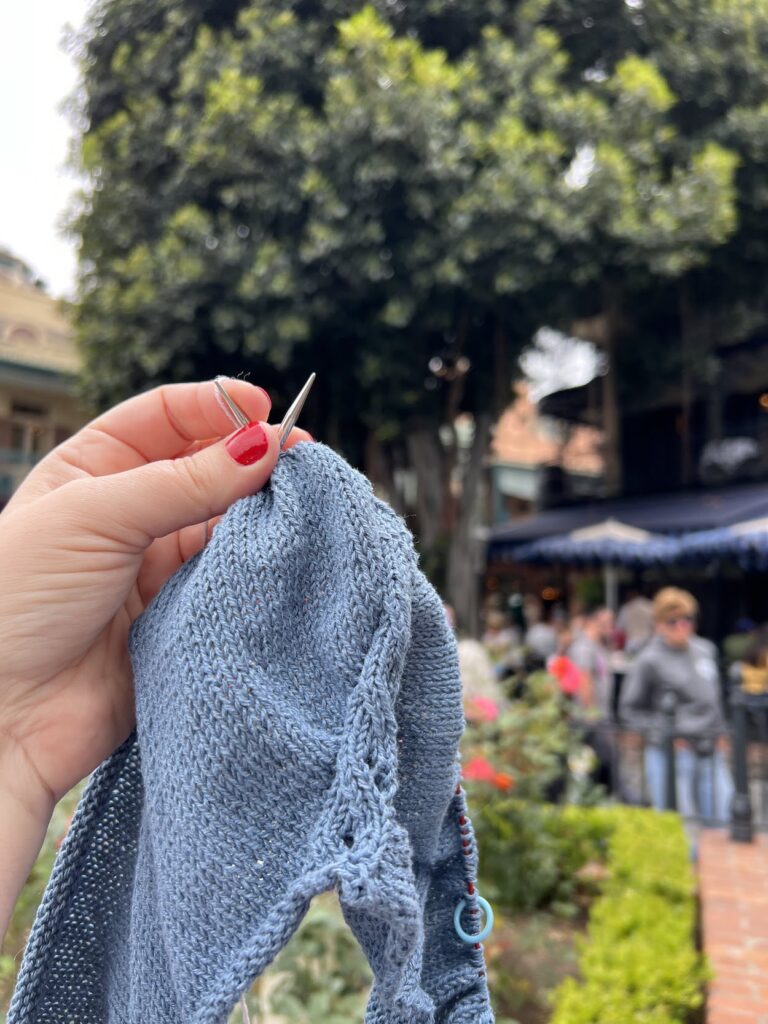
Choosing the Right Silk Yarn for Your Project
When deciding to knit a project with silk, the first step is to choose the right silk yarn for your project. Depending on your project, it might be better to use a pure silk yarn versus a blend of silk with some other fiber.
A pure silk yarn is most likely to have a beautiful sheen with lots of drape. This yarn will produce soft, flowy garments that are perfect for summertime. If you choose a raw silk, the sheen will not be as pronounced, but it will still be there.
If you are looking for a blend, there are a few common varieties. A silk-wool blend is best for adding more structure and memory to your knit. The wool will also make the garment warmer than if it were pure silk. As a general rule, the higher the silk content, the greater the drape. The higher the wool content, the more elasticity and structure you will have in your finished knit. Silk blend yarns with 90% wool and 10% silk can be great for winter knits where you just want it to look a little more luxurious and have a soft sheen to it.
If you are looking to maintain the drape but just want to add a little sturdiness, a silk-linen blend or a silk-cotton blend could be a good choice. Linen and cotton are both high in drape and low in memory, so they will not change the overall memory of the knit fabric too much. Unlike silk, though, linen is very, very sturdy. Certain types of cotton can also be very durable. Mixing silk with linen and cotton can also make it more affordable.
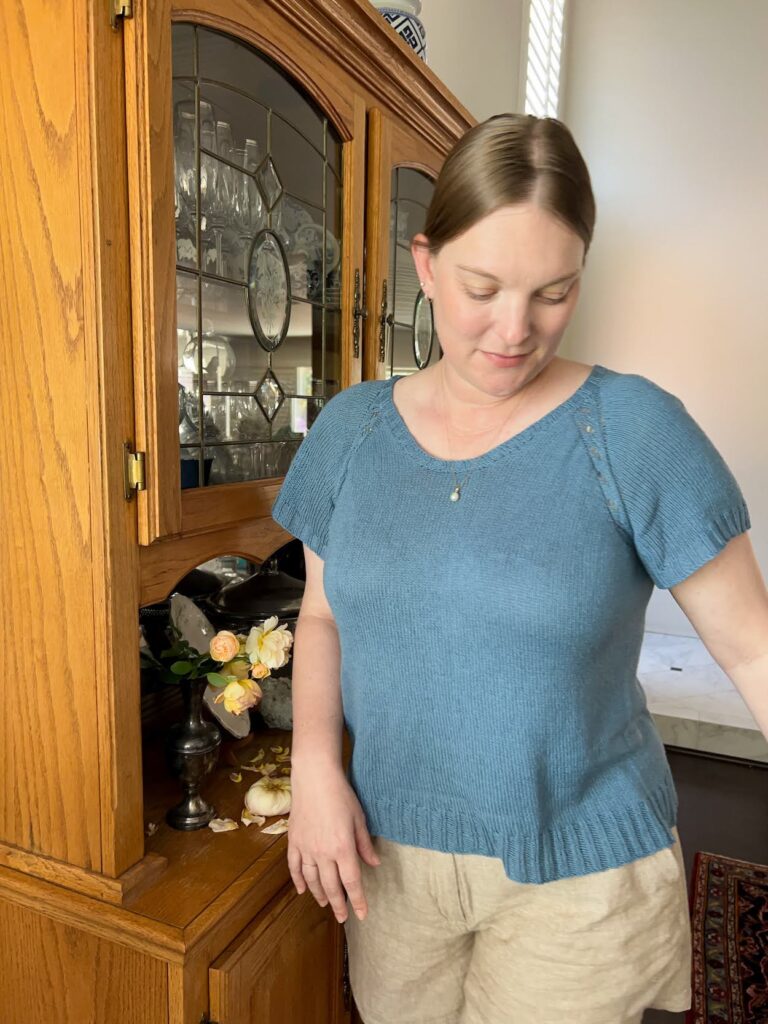
Essential Technique Tips for Knitting with Silk
When you’re knitting with silk yarn, you’ll want to keep a few technical issues in mind. First, choosing the right needles is crucial. Because silk tends to be a slippery fiber, if you’re a looser knitter or you struggle to keep your stitches on your needles, opt for needles made from wood or bamboo. These needles will be less slick than metal needles, so you’ll be better able to control your stitches.
On a related note, keep an eye on your tension. Due to silk’s lack of elasticity, uneven tension will be more obvious, and it is harder to maintain even tension. You’ll want to make sure you don’t tug too hard on your yarn while working, even if that means your tension is looser than usual. If looseness is becoming a real issue, size down on your needles instead of pulling the stitches tighter.
You’ll also want to consider the stitch pattern you’re using. Pure silk does not do well with cables and bobbles where you need to have lots of stitch definition and memory in the stitches. Instead, choose either a plain stockinette pattern or a lace pattern. For lace stitch patterns, the drape of silk can actually be a benefit.
Finally, make sure to swatch and block your swatch. Remember, silk fibers behave very differently from wool fibers, so even if you meet gauge in your unblocked swatch, your blocked swatch might be a different story.
Caring for Silk Knits
When you’re caring for your silk knits, you’ll need to treat them gently, but generally no more so than knits made from pure wool. Here are some things to keep in mind.
As with most knits made from natural fiber, for a silk garment, you’ll want to hand wash in cool water with a very mild detergent. Remember, silk is more fragile when wet, so take special care not to wring your project to remove excess water. I like to put my silk shirt in a colander and let the water drip out for a bit. Then I roll it up in a towel, step on it to remove any additional moisture, and lay it out to dry on a flat surface.
Storage requires a little extra attention. Because silk has no memory and lots of drape, it can easily get stretched out. That means you should not hang your silk knits, not even folded over the bottom rail of the hanger. Instead, fold your silk knits and keep them on a shelf, in a drawer, or in a special storage container. Avoid unlined baskets, because it’s easy for the silk to snag on rough basket parts.
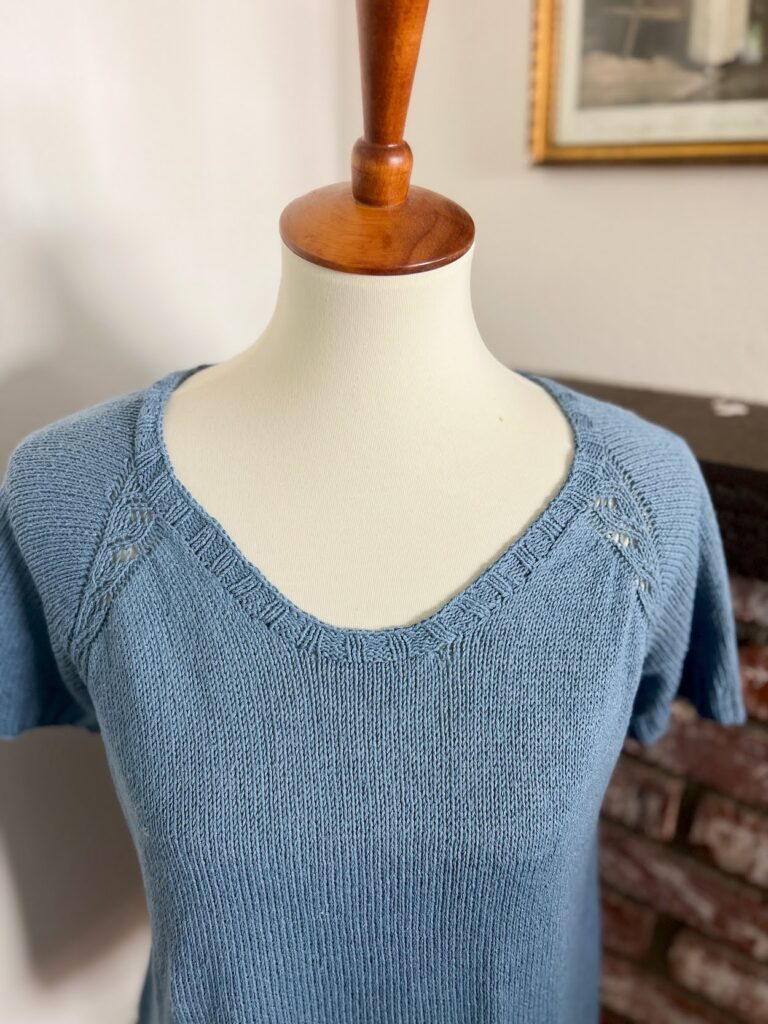
Notes from Wearing and Caring for My Own Silk Knits
I’ve been regularly wearing my silk t-shirt for about six months now, and I’ve been pleasantly surprised by how durable it is. Although lots of resources online will tell you that silk is a delicate fiber, my t-shirt still looks like new. The silk has maintained its lustrous sheen even after several washings, and the beautiful drape always feels elegant. I’ve worn mine paired with a loose skirt in warm weather and under a wool blazer in cold weather.
As for care, I’ve been hand washing my t-shirt with Soak wash (affiliate link), and so far, I have not had any problems. If you are extra cautious and working with pure silk, you might consider dry cleaning, but that hasn’t been necessary in my experience.
And in case you’d like to make your own version of the same t-shirt I made, this patter is Aimee Sher’s Weekday Tee (affiliate link). This was my first experience knitting a compound raglan, and Aimee did a great job making the instructions clear and easy to follow. I’m the kind of knitter who doesn’t like to check the pattern too often or have to keep track of rows too carefully, and even I managed this t-shirt just fine (I even knit a big chunk of the raglan while standing in various lines at Disneyland!).
If you end up deciding to knit your own summer knits with silk using these tips, I’d love to see what you make! Please send me an email or tag me on social media.
Let’s stay connected!
Join my newsletter for 30% off all new releases, regular updates with helpful tips and tricks, first crack at registration for upcoming workshops, exclusive discounts, and more.
Join the A Bee In The Bonnet Facebook Group to participate in knitalongs and other fun community events
Come hang out with me on the A Bee In The Bonnet TikTok
Follow along on the A Bee In The Bonnet Instagram
Get inspired via the A Bee In The Bonnet Pinterest

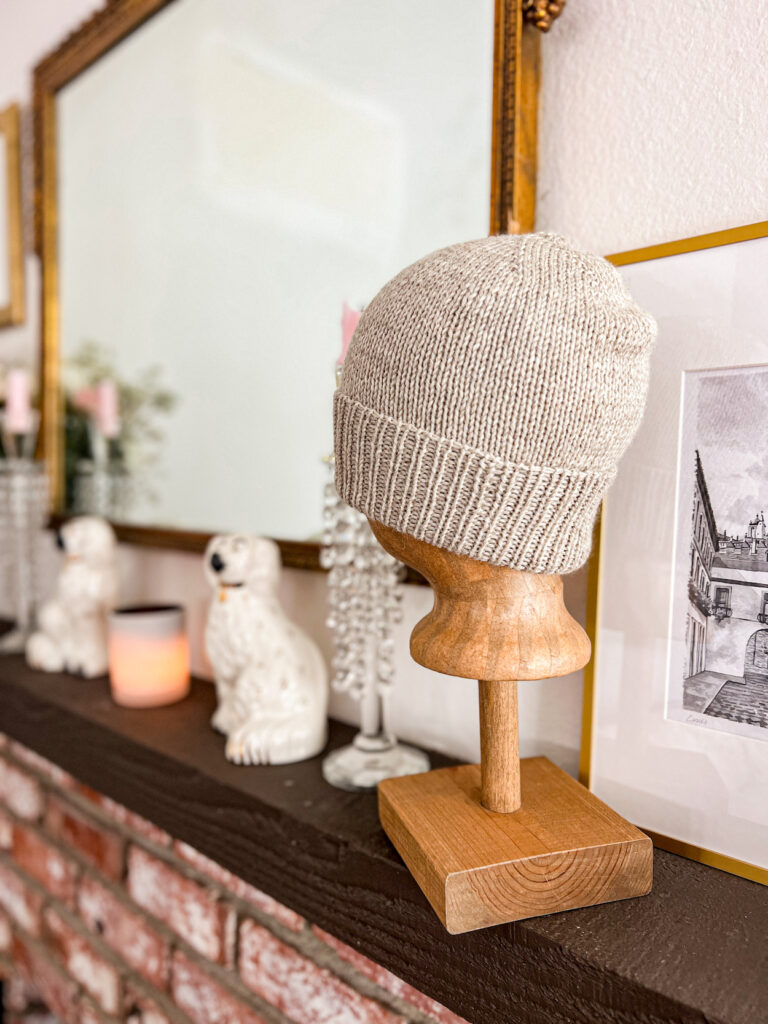
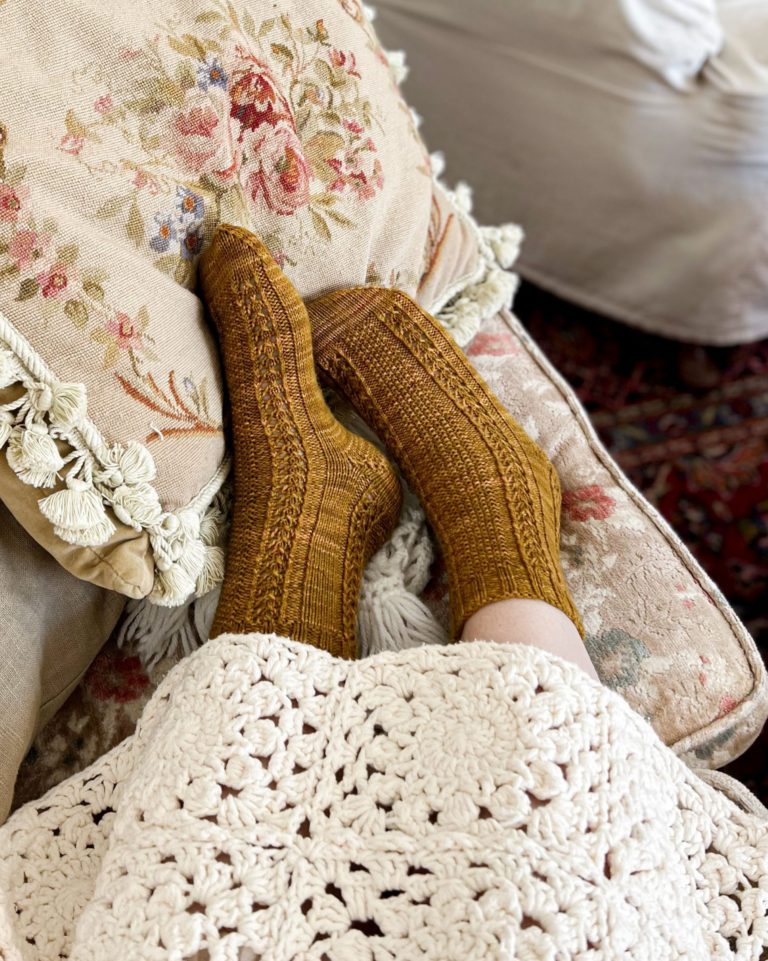
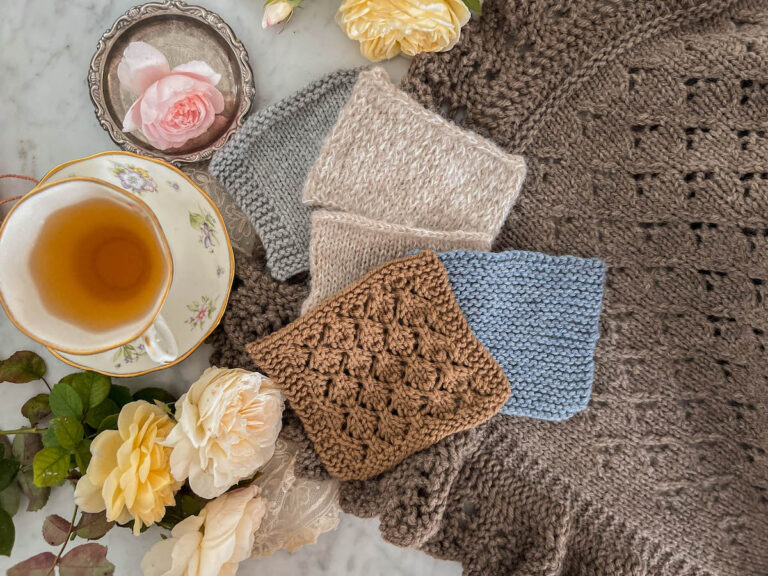
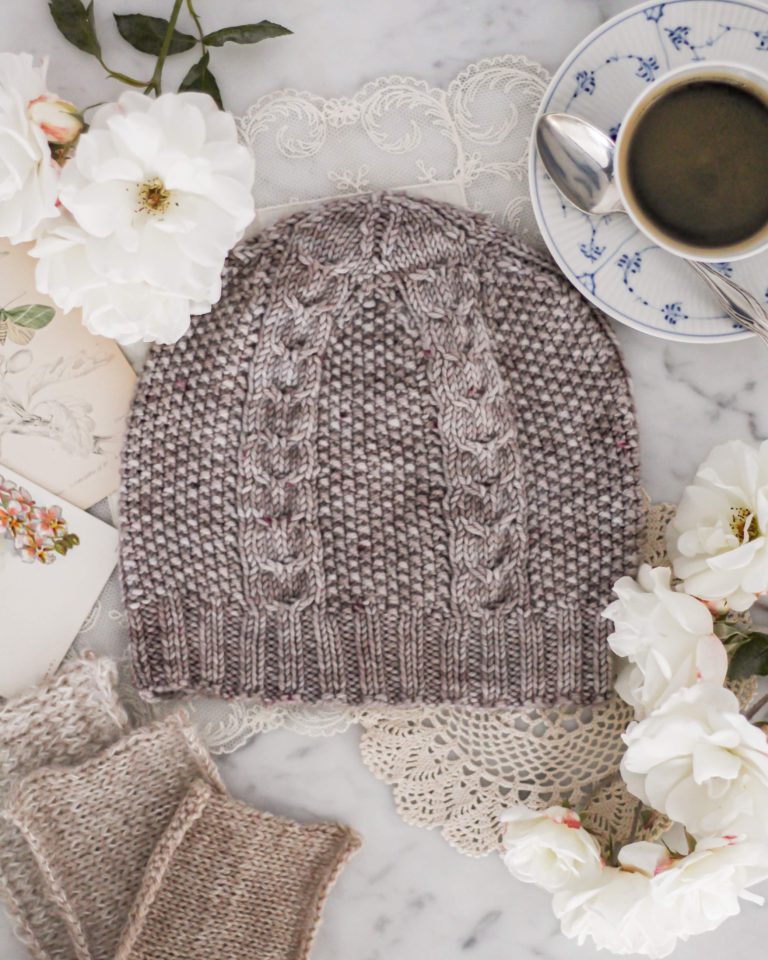

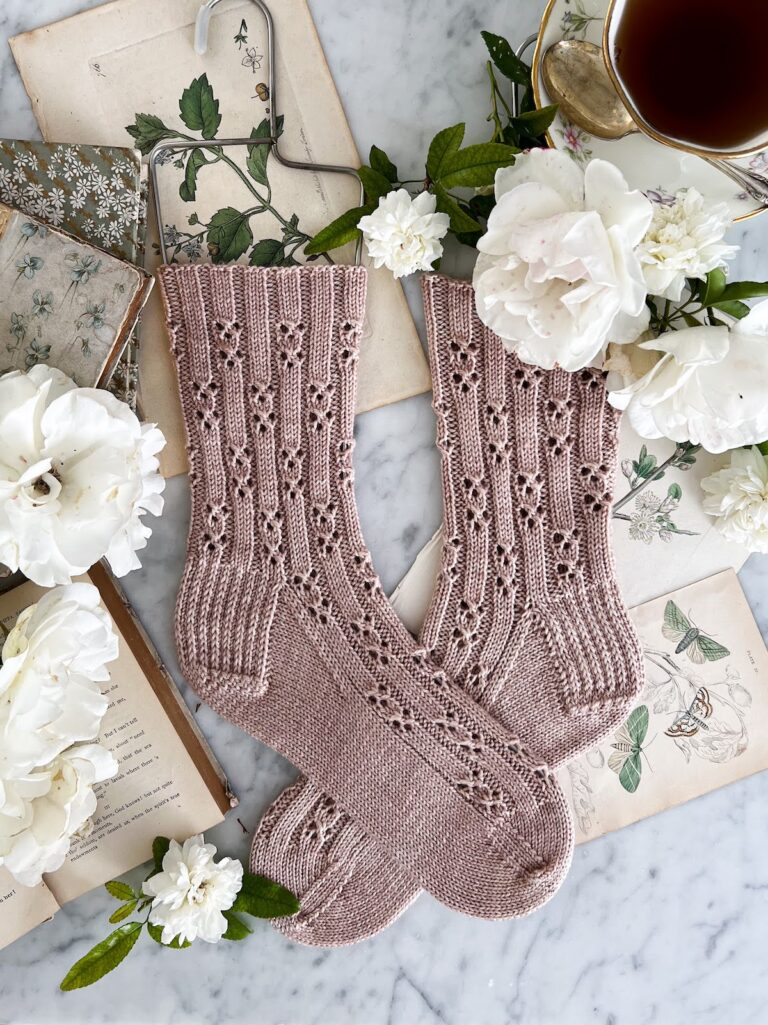
I love how you pointed out the biodegradability of silk! That’s a huge factor for me too when choosing yarns. Plus, it’s hard to beat that soft, smooth finish you get from silk.
I JUST purchased the same yarn and have been going back and forth trying to figure out a good pattern for it! I’ve swatched for several, but am struggling to find the *right* pattern/tension/preference for it. Thanks for the helpful post, and your tee is adorable!
I’m so glad it was helpful! Hope you find just the right project for you.